The Master Stroke: Inside Japan’s Kumano Brush Festival
When you’re swiping on a bit of blush or powdering a dewy nose, you might not consider where your all-important makeup tools come from. In fact, it takes thousands of people to make those final touches possible. At the annual Kumano Fude Matsuri, or Brush Festival, brushes are given their due with a two-day celebration. Held on the Autumn equinox, it honors the role that brushes play—for writing, medicine, and beauty—as well as the town where their creation is elevated to a fine art.
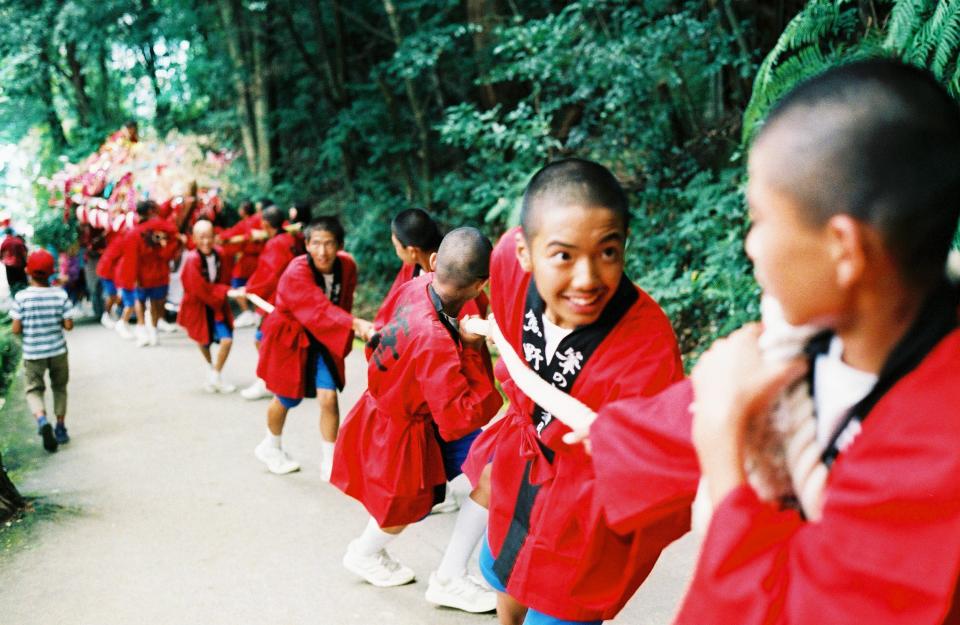
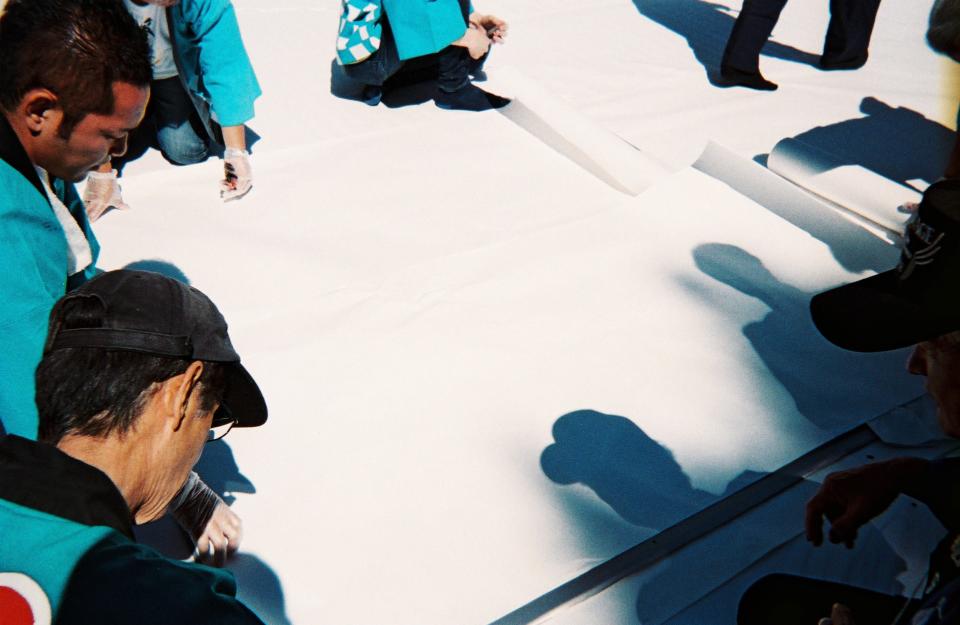
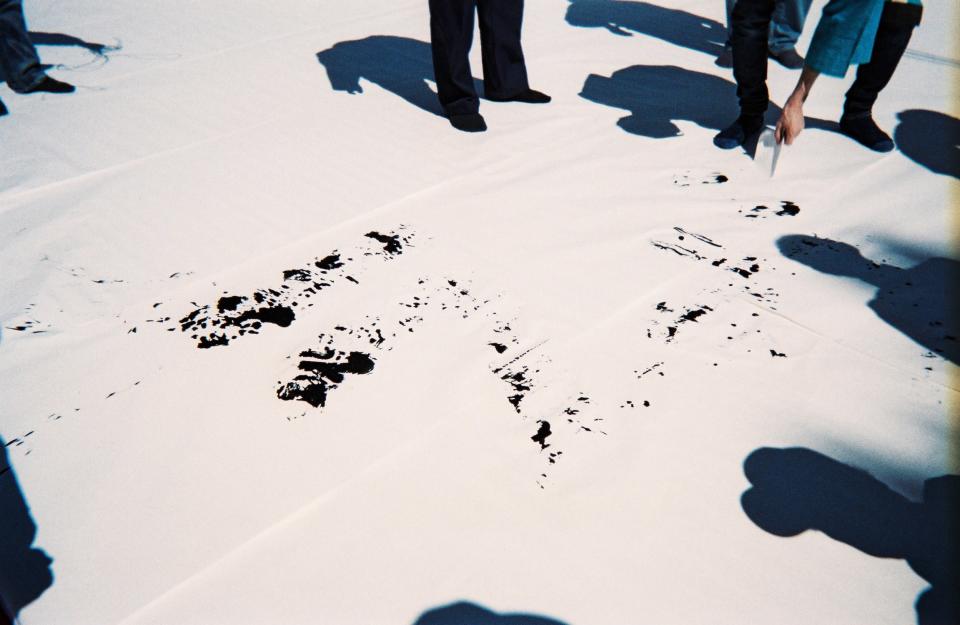
It’s no secret that Japan leads the world when it comes to brushes, particularly in the beauty industry, where global brands rely on Japanese manufacturing to create their tools. Kumano, a small city in Hiroshima prefecture, is the epicenter of the craft. More than 15 million brushes per year come out of Kumano alone. Even before they were a fixture on every vanity, calligraphy prompted the growth of a thriving industry there. The tradition emerged in the 1860s, near the end of the Edo period, when the region’s farmers began to make and sell their own brushes instead of buying them elsewhere.
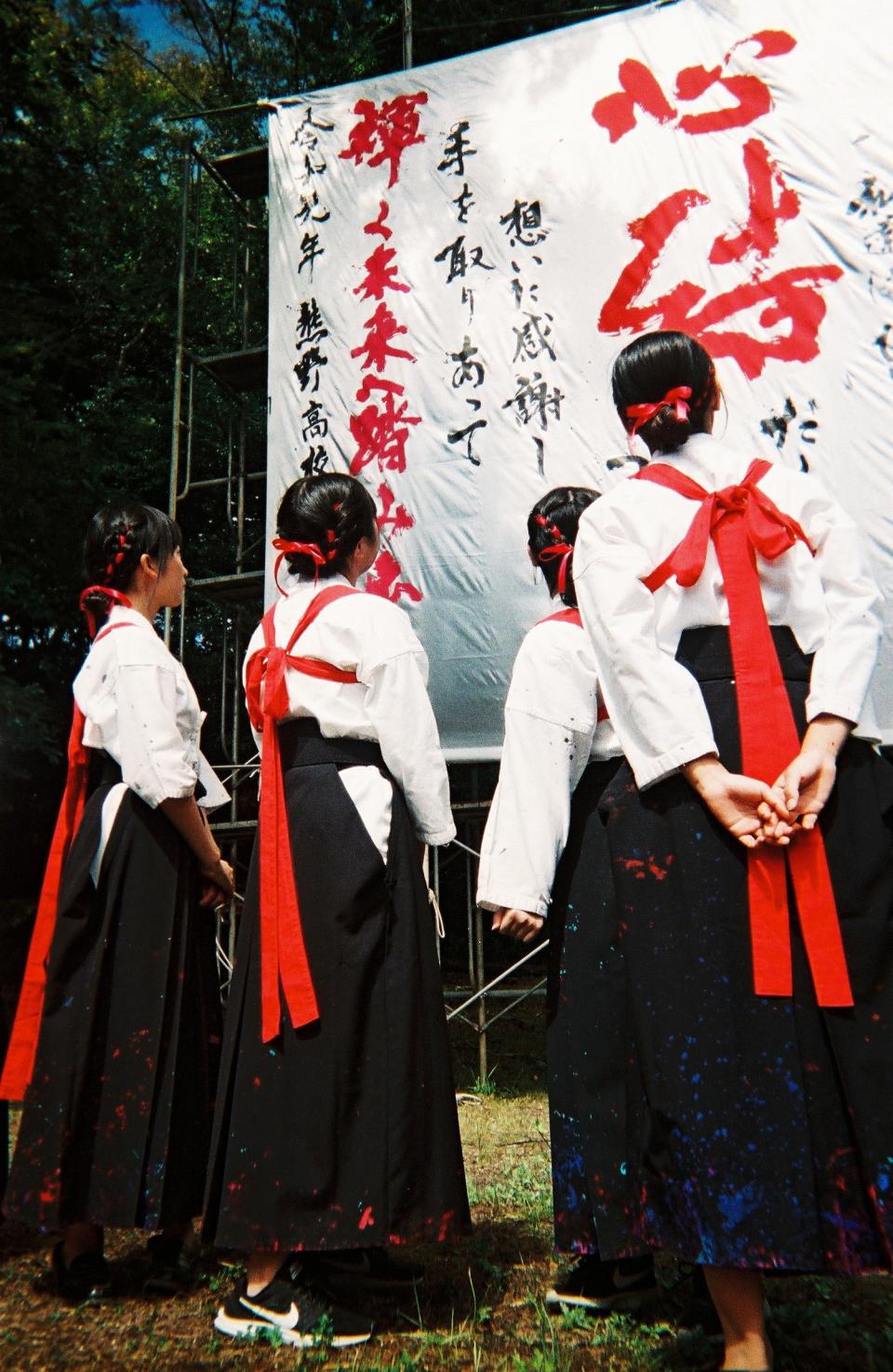
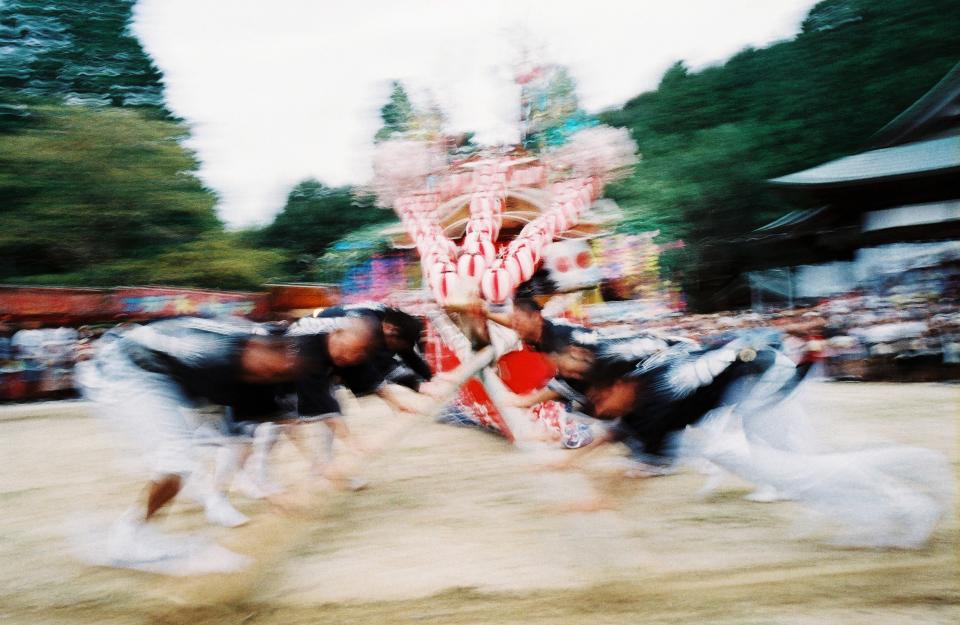
Once calligraphy became a standard subject in schools, the demand for brushes turned Kumano into a manufacturing hub. Prized for their quality and handcraft, the brushes are created by a select group of artisans. Many of Kumano’s fude-shi, or brush makers at companies like Hakuhodo and Chikuhodo, can trace their family’s roots in the trade back several generations, and the profession is at the heart of the city’s success. Of an estimated 27,000 citizens, more than 1,500 make their living in the brush business, and their connection to the craftsmanship is evident during the festival. One important element of the gathering is a ritual for old tools: The beloved items are given a final thanks for all they’ve done for their owners before they’re placed on a pyre.
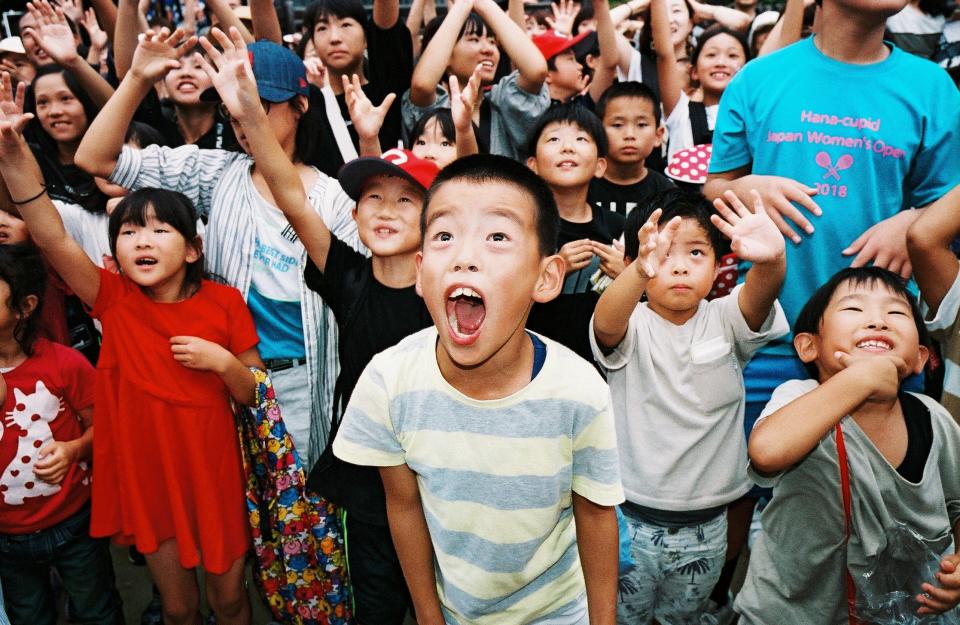
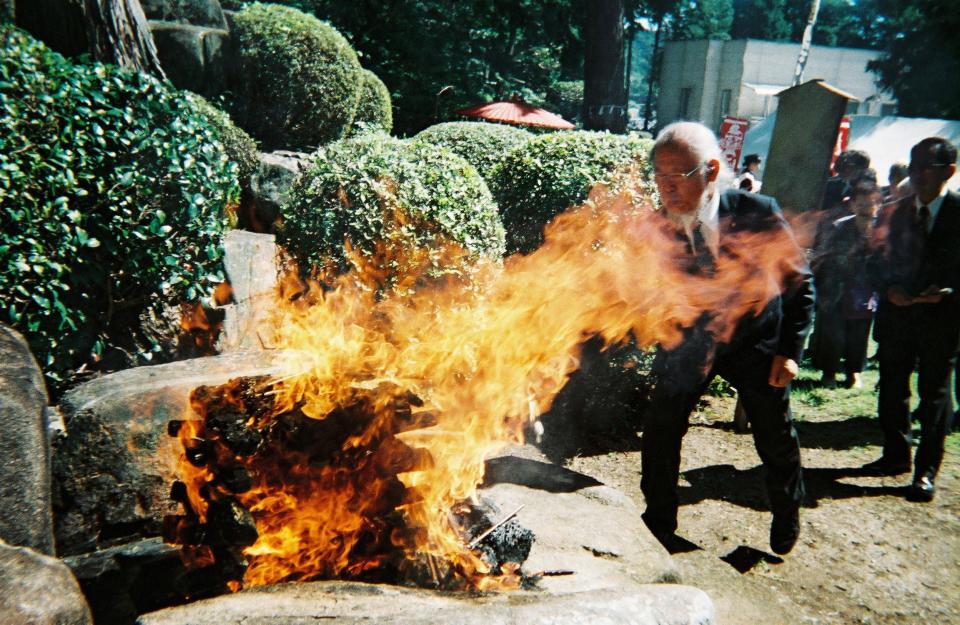
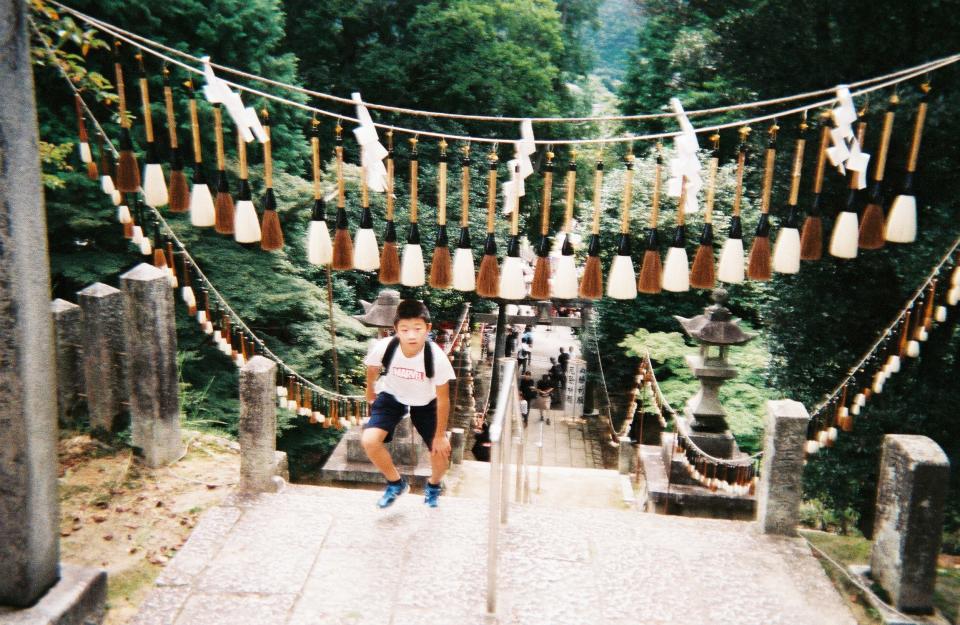

The festival has become a pilgrimage for beauty junkies, writers, and anyone who appreciates the beauty of brushes. For makeup artist Troy Surratt, the products on hand are peerless. “When I made my first trip to Japan 17 years ago, I didn’t realize that the brushes were made in Kumano; I just knew they were the softest and most sensuous brushes I had ever used,” he says. Naturally, when it came time to launch his eponymous beauty line, Surratt knew exactly where he wanted his brushes made.
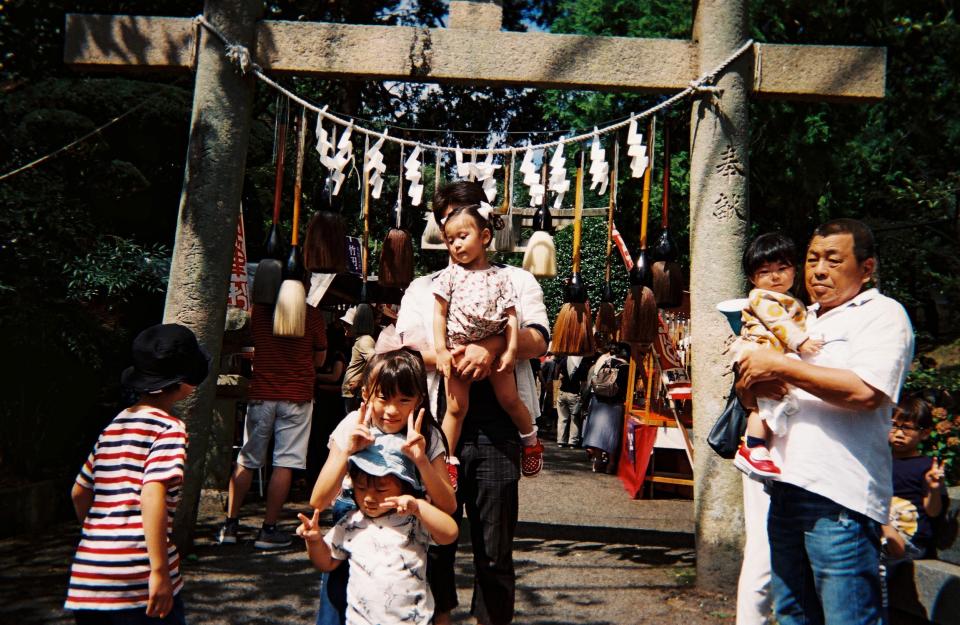
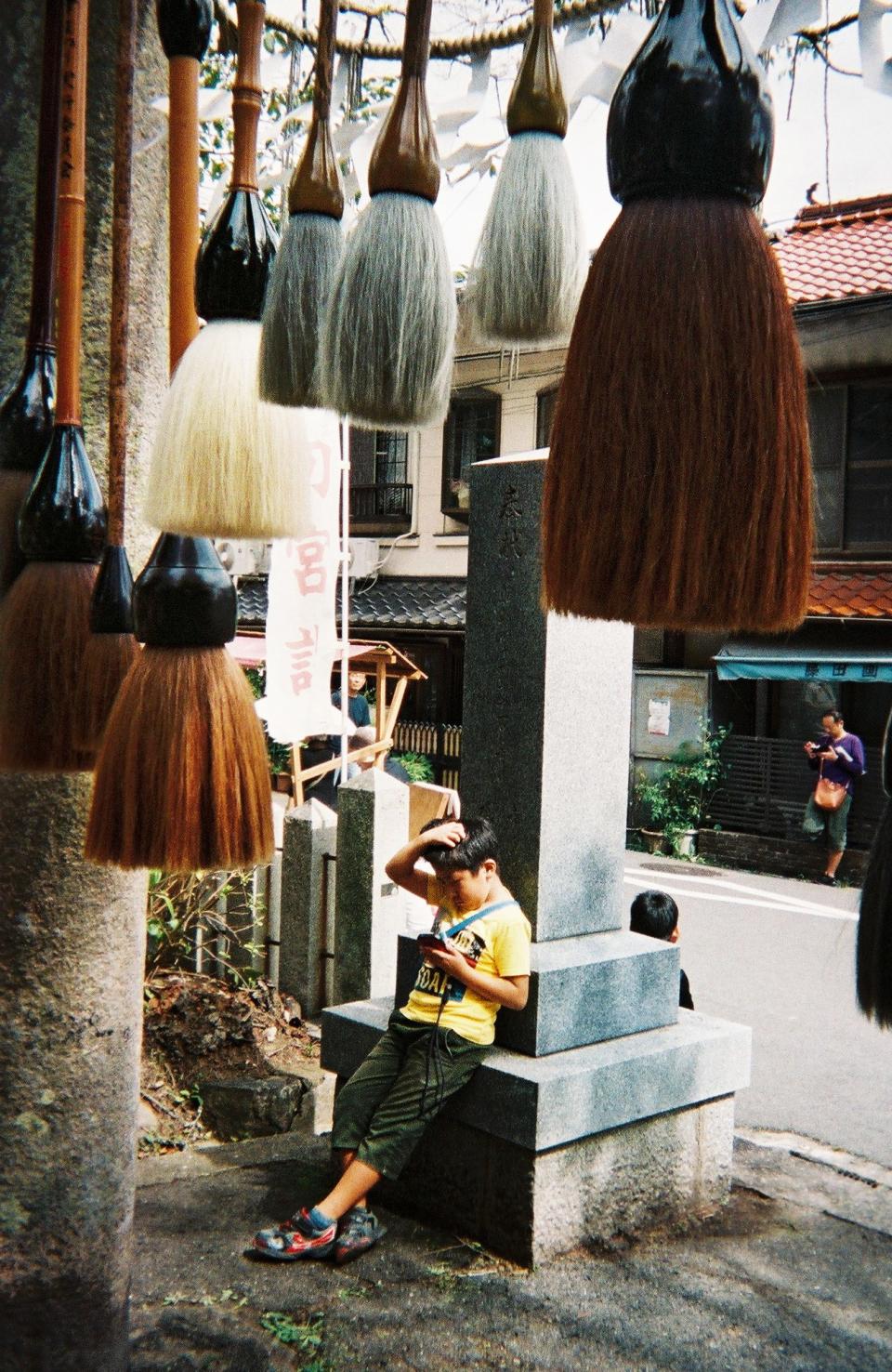
For outsiders, the festival offers a chance to understand the relationship between the tools we use and the art we create. In an era where many products are viewed as disposable, Kumano treats its brushes and those who make them with a different degree of respect. “It speaks to the ritual of beauty and the importance of beauty—be it calligraphy or cosmetic—within Japanese and Asian cultures,” says Surratt. That appreciation comes through in the creation of each handmade brush, from the placement of individual hairs to lacquer handles inlaid with flower petals. The celebration of these functional treasures is enough to change your perspective on every item in your daily life.
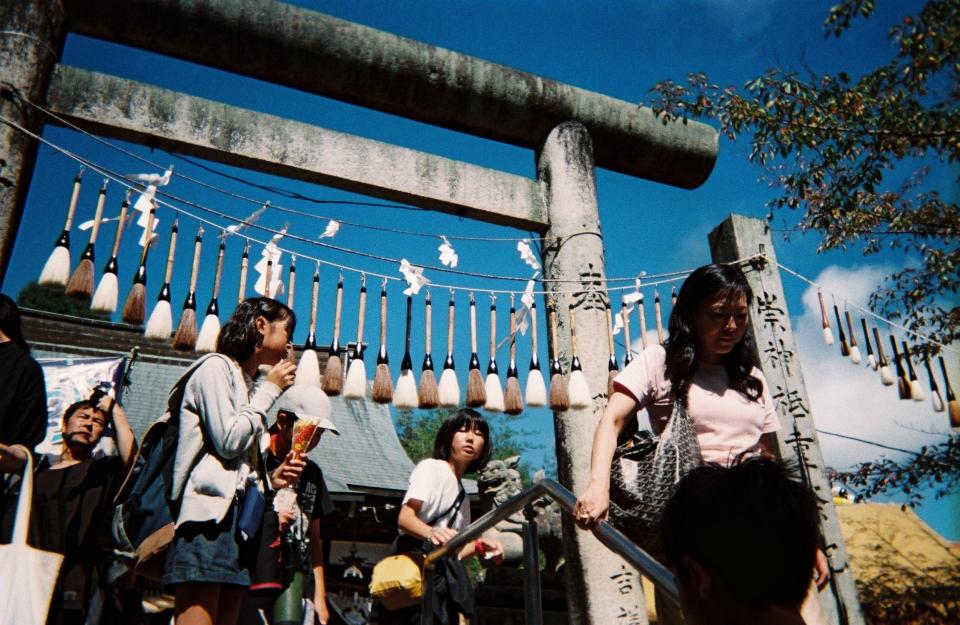
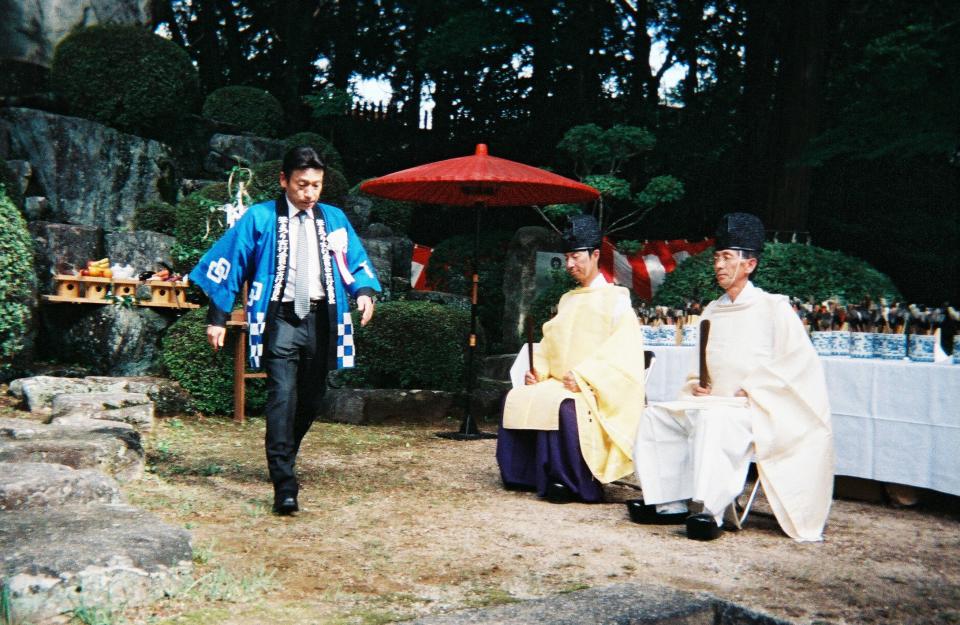
Originally Appeared on Vogue

